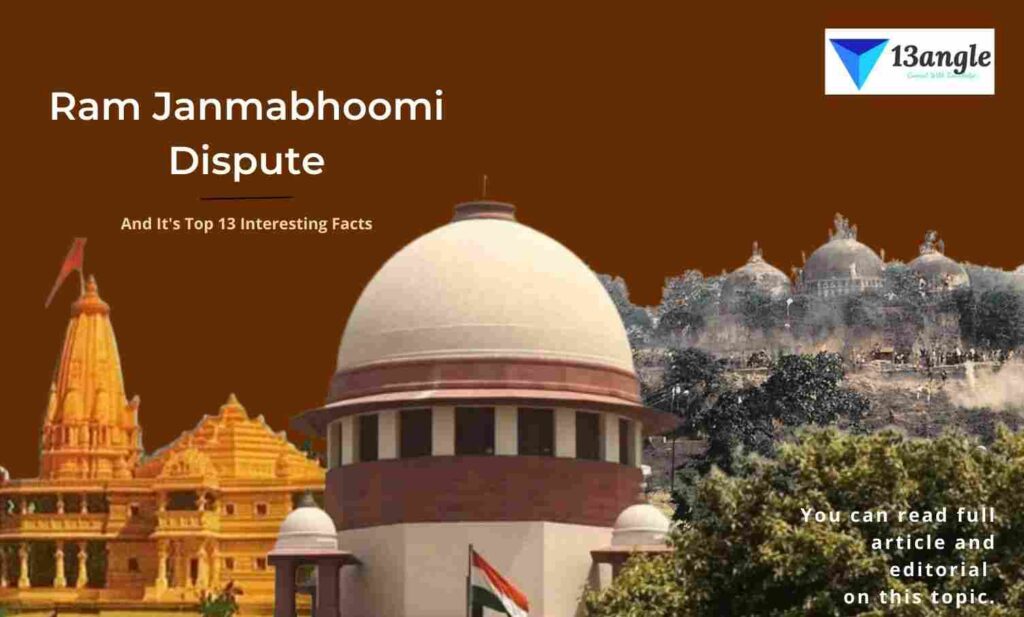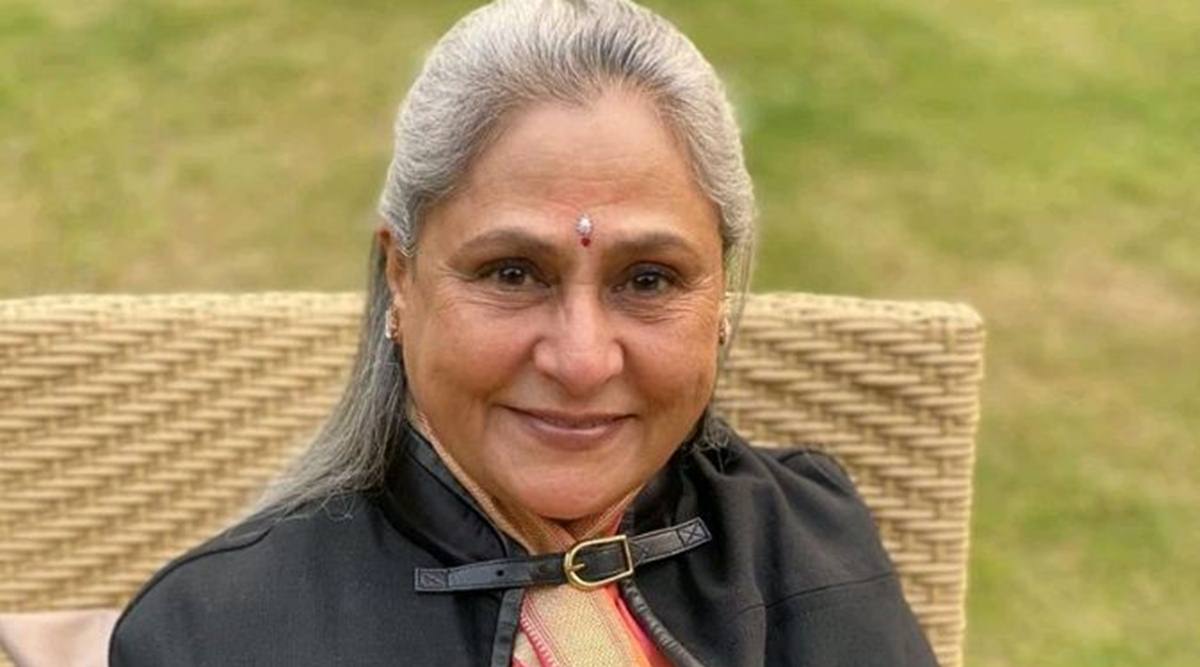Yes, because all the evidence were in favor of “Ram Mandir”, the decision is right and according to our constitution.
The Supreme Court ruling granting Hindus control of the disputed site in Ayodhya was based on the following essential understanding that the justices derived from the suits and evidence submitted before them.
- Advertisement -
Demonstrating possession, which may determine proprietorship of property according to Indian law in two ways: by establishing either adverse possession or exclusive possession, was one of the major bases for Muslim claims. Adverse possession is a legal theory that grants property ownership to a party that has had exclusive control over it for longer than 20 years.
Muslim petitioners claimed that they had owned the mosque since 1528 and continued to do so until 1949 when Hindu deity Ram statues were unlawfully put within. As a result, the petitioners claimed, “Muslims are in possession of that property by means of an adverse possession.”
The court dismissed the suit, stating that there was proof that Hindus had unrestricted access to areas of the contested location, invalidating the claim of exclusive control. “Hindu devotion at Ramchabutra, Sita Rasoi, and other sacred sites, as well as the construction of a Bhandar, plainly revealed their open, exclusive, and unrestricted occupancy of the outer courtyard.” The outside courtyard has never belonged to the Muslims. Hindus continued to demand their right to pray within the three-domed building notwithstanding the British construction of the wall in 1858 and the putting up of the Ramchabutra in close proximity to the inner dome,” the ruling noted.
- Advertisement -
In the 1850s, a violent conflict erupted. The Vishwa Hindu Parishad (VHP), a Hindu nationalist family, initiated a fresh push in the 1980s to reclaim the land for Hindus and establish a temple dedicated to the child Rama (Ram Lalla) at this location, which is why the ram mandir was essential.






